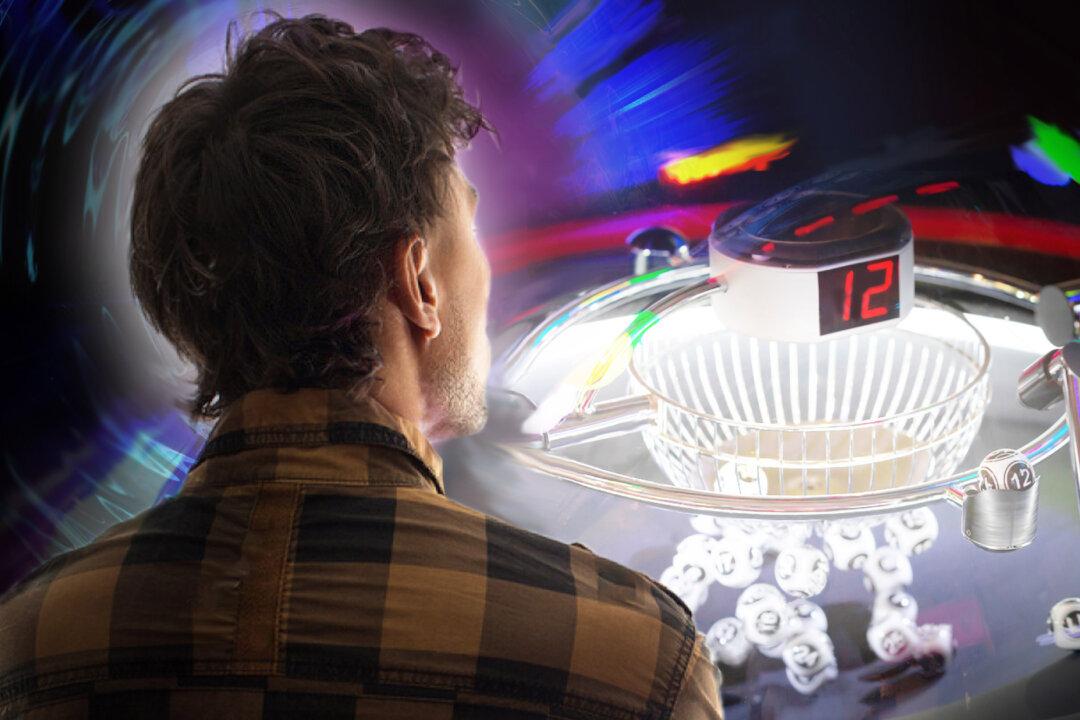For ages, philosophers have pondered how mind and matter relate to each other. Now modern physics is chiming in on the debate. Here’s a look at a few theories about where, or how, our thoughts might physically exist.
Noosphere, Related to the Internet?
In the first half of the 20th century, Teilhard de Chardin, a Jesuit priest and paleontologist, wrote of a conceptual “noosphere.” He predicted that, at some future stage of humanity’s development, a membrane containing our collective thoughts and experiences would envelop the world.In “The Phenomenon of Man,” he wrote: “Is this not like some great body which is being born—with its limbs, its nervous system, its perceptive organs, its memory—the body in fact of that great living Thing which had to come to fulfill the ambitions aroused in the reflective being by the newly acquired consciousness?”






